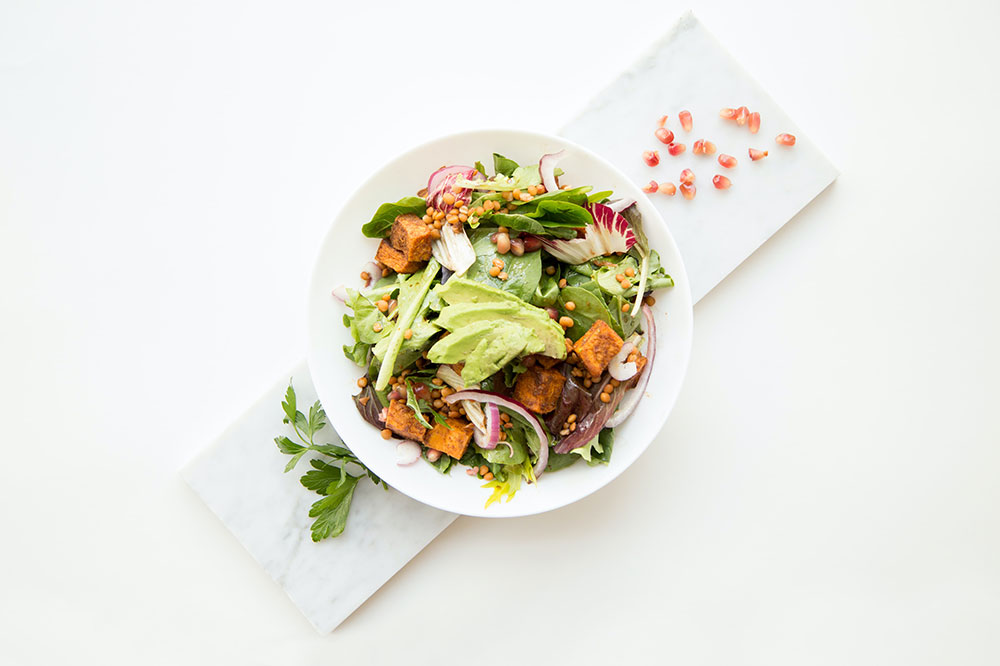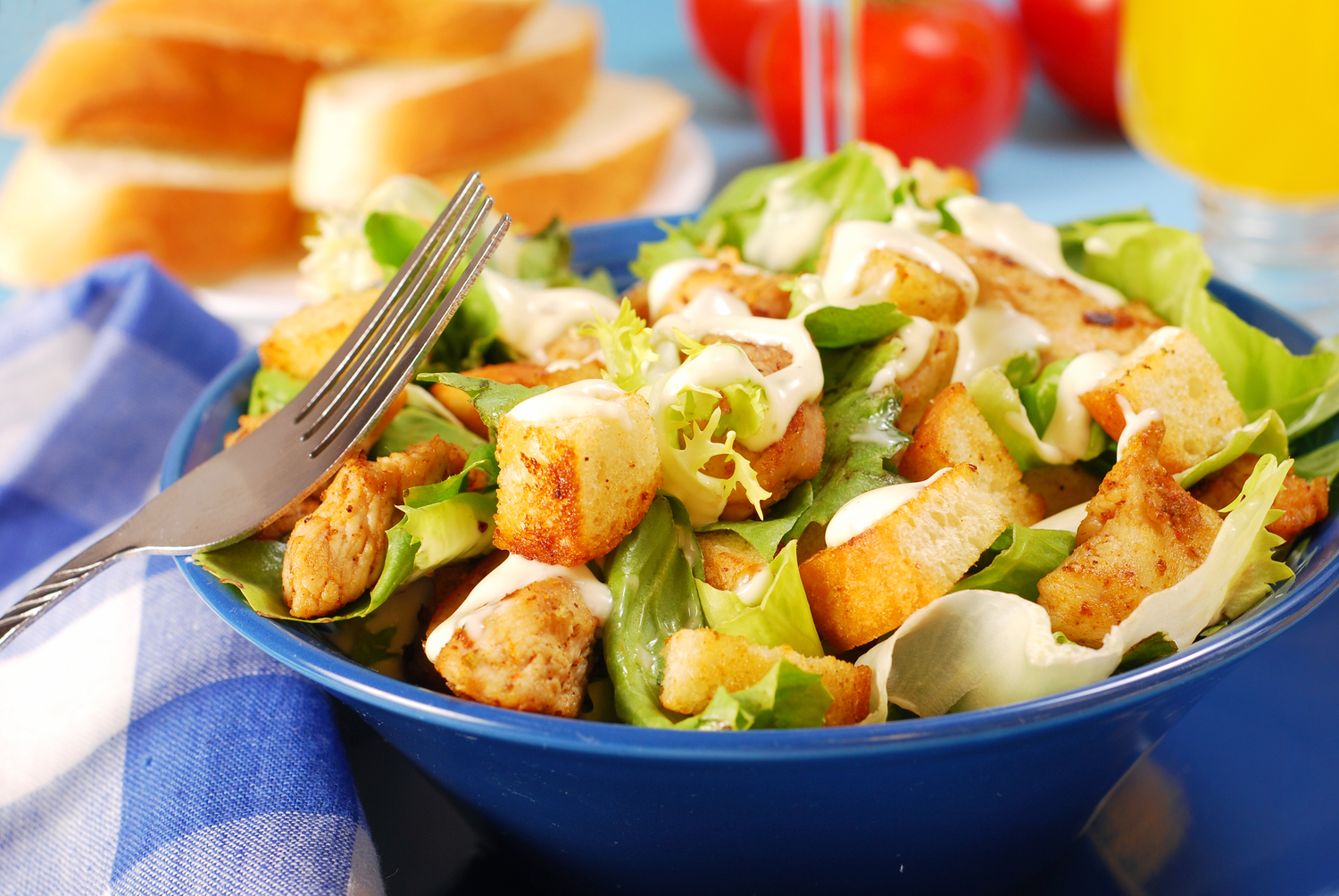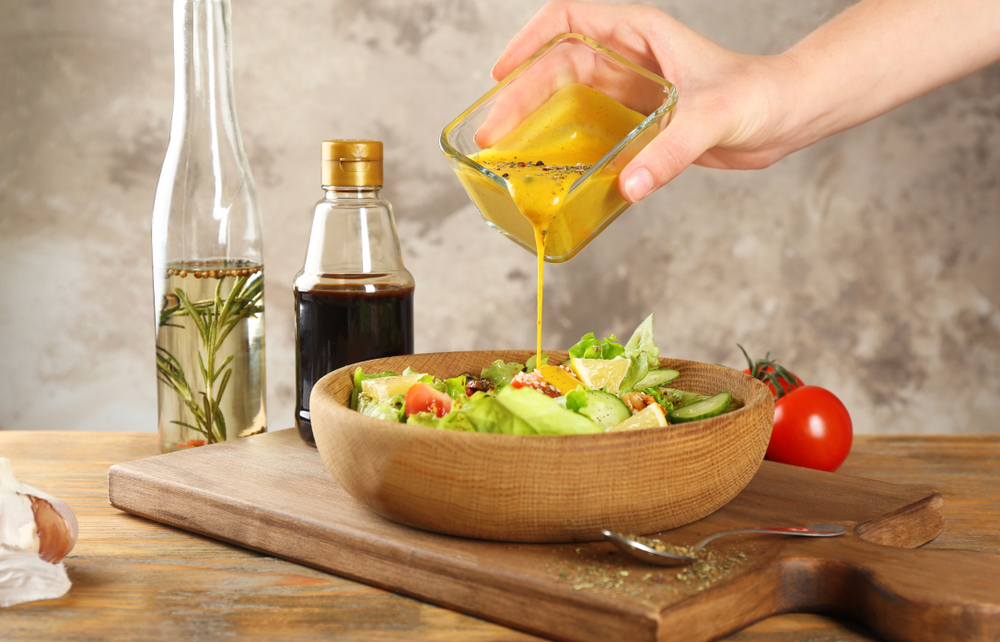Ultimate Guide to Creating the Perfect Salad Bowl: Tips for Flavor, Nutrition, and Presentation
Discover expert tips for making the perfect salad bowl that is vibrant, nutritious, and visually appealing. From selecting the right greens and colorful vegetables to adding proteins, healthy fats, and flavorful toppings, this comprehensive guide ensures your salads are balanced and delicious. Learn how to enhance textures, season your salad perfectly, and create a satisfying meal that supports your health and culinary creativity. Make every salad a delightful and wholesome experience with these professional advice and innovative ideas.

Ultimate Guide to Creating the Perfect Salad Bowl: Tips for Flavor, Nutrition, and Presentation
Salads are a staple in many people’s diets due to their health benefits, refreshing taste, and versatility as a meal option. Whether you're looking to enjoy a light lunch, a hearty dinner, or a party appetizer, mastering the art of salad creation can elevate your culinary skills and contribute to a healthier lifestyle. Crafting an appealing and nutritious salad not only involves choosing the right ingredients but also understanding how to balance flavors, textures, and colors effectively. In this comprehensive guide, we’ll explore detailed tips and techniques to help you make salads that are not only delicious but also visually stunning and nutritionally balanced.
Begin with a Robust and Healthy Base
The foundation of any good salad is its base. While traditional lettuce heads are common, exploring a variety of greens can enhance flavor and nutritional value. Incorporate nutrient-dense leaves such as kale, arugula, spinach, or romaine for a richer experience. These greens provide essential vitamins, minerals, and antioxidants that boost your immune system and overall health. Moreover, fresh herbs like mint, basil, and parsley can add aromatic complexity, making the salad more appealing. Choosing organic or locally sourced greens ensures quality and flavor. Your salad’s base sets the tone for all subsequent ingredients, so spend quality time selecting and preparing it for optimum taste and health benefits.
Incorporate Bright Colors and Fresh Ingredients
A visually appealing salad often entices us more to eat healthily. To achieve this, include a variety of colorful vegetables and fruits. Bright vegetables like radishes, carrots, bell peppers, cucumbers, zucchini, and mushrooms not only provide crunch but also add vibrant hues that make the dish more attractive. Fresh berries, citrus segments, apples, or pomegranate seeds can infuse the salad with sweetness and lively colors. These ingredients are rich in antioxidants and vitamins, enhancing both flavor and health benefits. When selecting produce, aim for freshness and seasonal options, as they tend to be more flavorful and nutrient-rich. The key is balancing color, texture, and taste to create an inviting and nutritious dish.
Enhance Your Salad with Nutritional Healthy Fats
A well-rounded salad benefits greatly from the addition of healthy fats. Avocado slices are a popular choice, providing a creamy texture that enhances the overall mouthfeel. Besides their deliciousness, avocados are high in monounsaturated fats, which support heart health, and contain fiber and essential nutrients like potassium and vitamins E, K, and C. Other sources of healthy fats include nuts such as almonds, walnuts, or cashews, and seeds like sunflower or chia seeds. Incorporating these fats makes your salad more satisfying and helps your body absorb fat-soluble vitamins. Use nuts and seeds as toppings to maximize crunch and nutritional value without overwhelming the dish.
Add Lean Protein for a Complete Meal
Protein plays a vital role in muscle building, immune support, and satiety. Including a good source of lean protein transforms your salad from a side dish into a hearty, filling meal. Options include seafood such as tuna, salmon, or shrimp; grilled chicken, turkey, or lean beef; or plant-based proteins such as tofu, tempeh, beans, chickpeas, or lentils. These ingredients not only boost the nutritional content but also add varied textures and flavors. When preparing protein, aim for grilling, baking, or steaming to preserve their health benefits and avoid excess fats. Including adequate protein makes your salad suitable for lunch or dinner and supports your dietary goals of maintaining lean muscle mass and controlling hunger.
Make It a Fully Balanced Meal with Whole Grains and Root Vegetables
For those seeking to make their salad more filling, incorporating whole grains or hearty vegetables is an effective strategy. Whole grains such as quinoa, brown rice, millet, or couscous add complex carbohydrates, fiber, and a nutty flavor that complements other ingredients. These grains help sustain energy levels and promote digestive health. Alternatively, roasted or boiled root vegetables like sweet potatoes, beets, or parsnips can add flavor, fiber, and density to your salad without relying solely on grains. These additions not only increase satiety but also contribute to your daily intake of essential nutrients such as vitamin A, potassium, and antioxidants. A balanced salad is thus a harmonious blend of greens, proteins, healthy fats, and nutritious carbs.
Cheese Enhances Flavor and Umami
A modest amount of cheese can elevate the taste profile of your salad. Feta, parmesan, goat cheese, or crumbled blue cheese introduce salty, tangy, and savory flavors that complement the other ingredients. Use cheese sparingly to prevent overpowering the dish and to maintain balance. Cheese also adds calcium and protein, increasing the nutritional value. For a dairy-free or vegan alternative, consider nutritional yeast or plant-based cheese to add umami and flavor depth.
Top with Toppings for Texture and Flavor
Adding crunchy toppings is essential for an appealing salad. Classic croutons—either homemade or store-bought—introduce crunch and a satisfying bite. For a healthier option, consider roasted chickpeas or nuts. For an indulgent twist, crispy bacon bits or toasted seeds like sunflower or pumpkin seeds can add savory notes and texture. Toppings should complement the overall flavor, adding variety without overwhelming the dish. The key is balancing crunch, richness, and seasonings to keep every bite interesting and delicious.
Dressings: Keep It Simple and Flavorful
Salad dressings should elevate rather than mask the ingredients' natural flavors. Light vinaigrettes made from olive oil, balsamic vinegar, lemon juice, and herbs are ideal, providing acidity, healthy fats, and aroma without excess calories. Always taste your dressing before adding it to ensure it’s well-balanced. For more flavor, add minced garlic, Dijon mustard, honey, or fresh herbs. Avoid heavy, creamy dressings unless desired; they tend to add unnecessary calories and fats. Using fresh citrus or a splash of vinegar can brighten the salad and provide a zing that refreshes your palate.
Nut and Seed Toppings for Extra Crunch and Nutrition
Adding nuts and seeds boosts the flavor, texture, and health benefits of your salad. Toasted almonds, sunflower seeds, sesame seeds, or chia seeds enrich each bite with crunch and nutritional density. They provide healthy fats, protein, fiber, vitamins, and minerals. Toast the nuts and seeds lightly to enhance their aroma and flavor; this also makes them more satisfying and aids digestion. Incorporate these toppings strategically to balance richness and texture, and enhance the overall eating experience.
Seasoning to Perfection
The final step in creating an exceptional salad involves proper seasoning. Use sea salt, freshly ground black pepper, dried or fresh herbs, and spices like paprika, cumin, or chili flakes to accentuate flavors. Taste your salad as you season, and make incremental adjustments to achieve harmony. Proper seasoning elevates all ingredients, making your salad truly stand out. Remember, less is often more, so start with small amounts and build up until the flavors meld perfectly. Well-seasoned salads leave a memorable impression and encourage repeated enjoyment.




